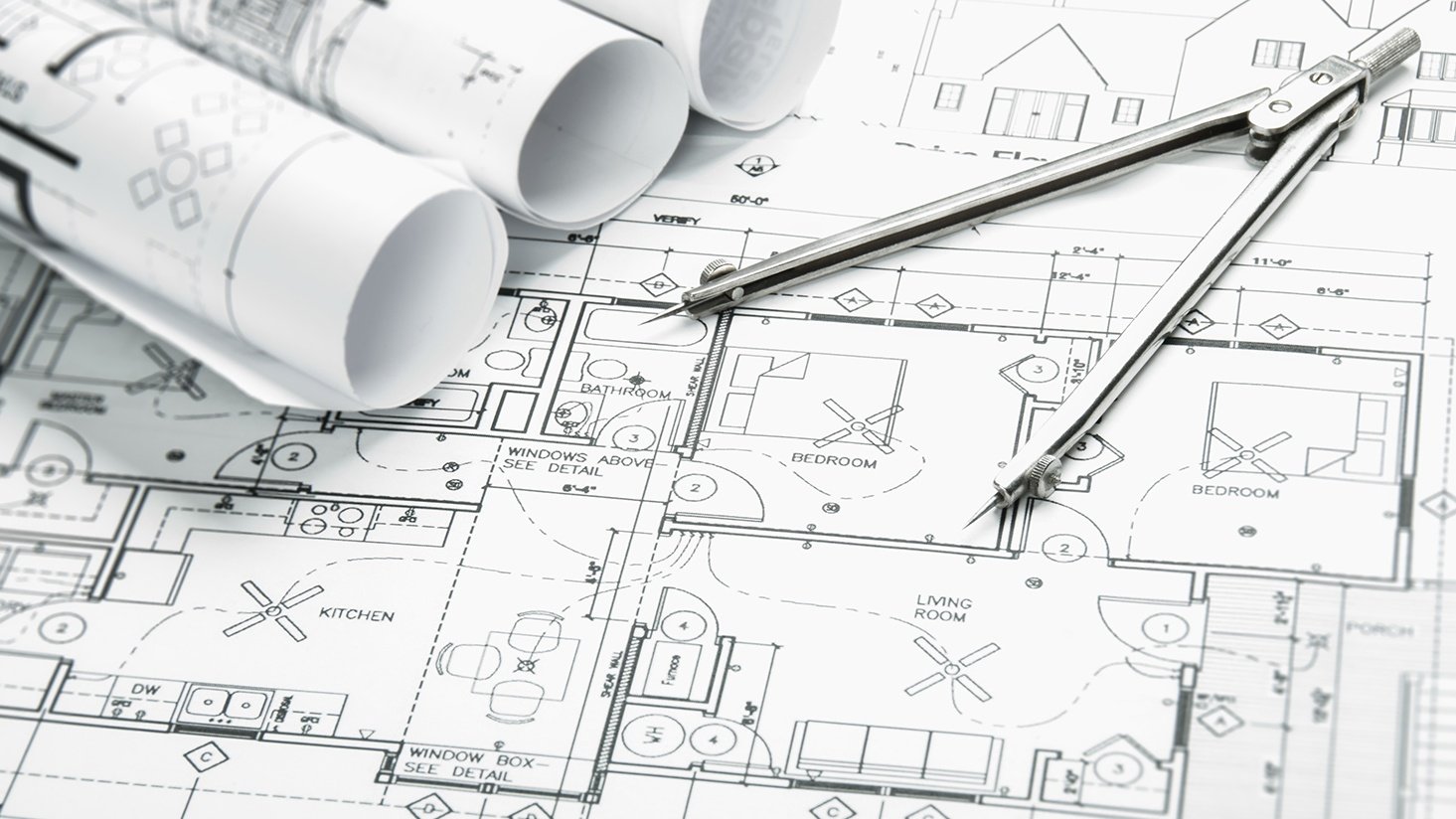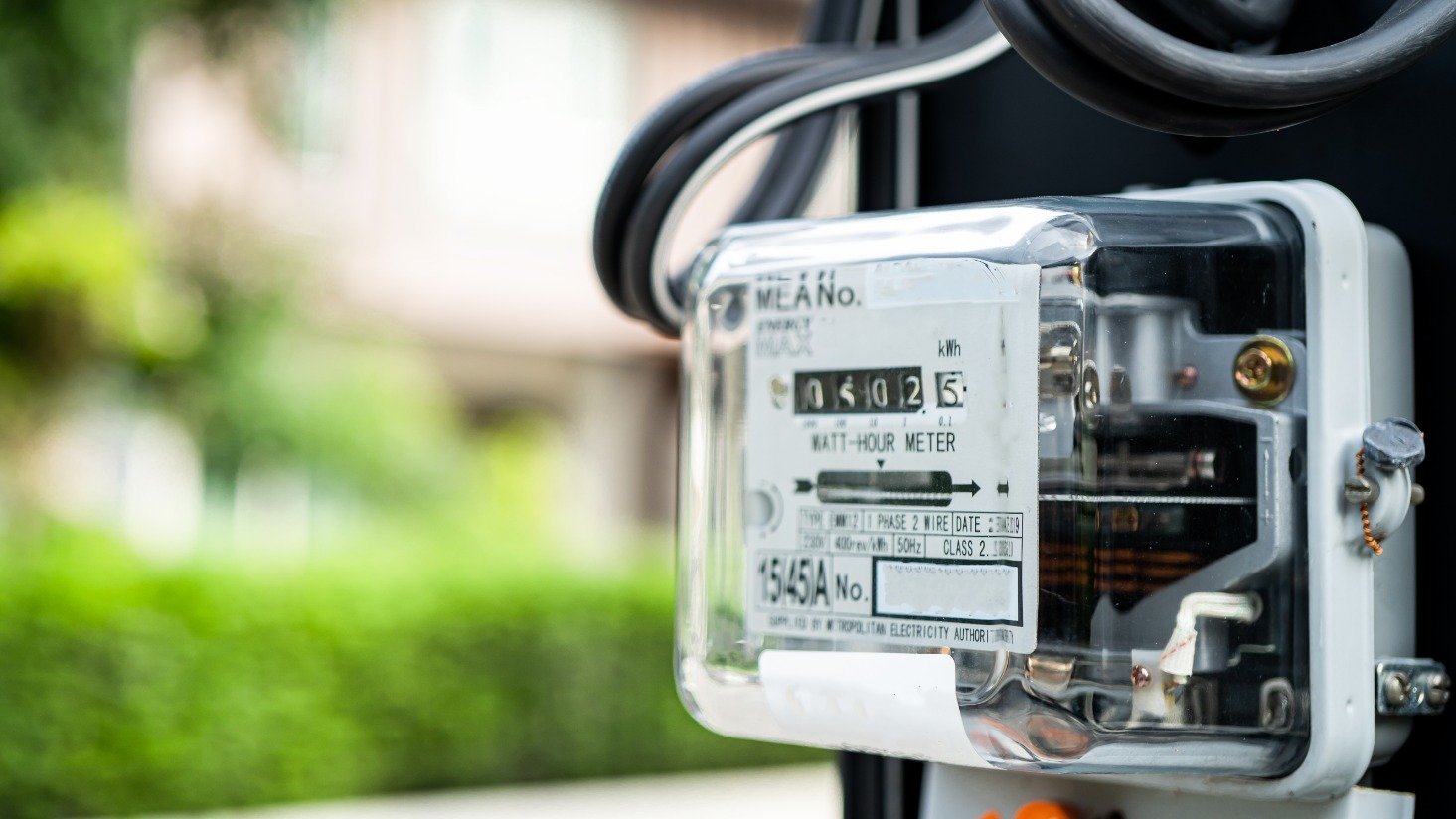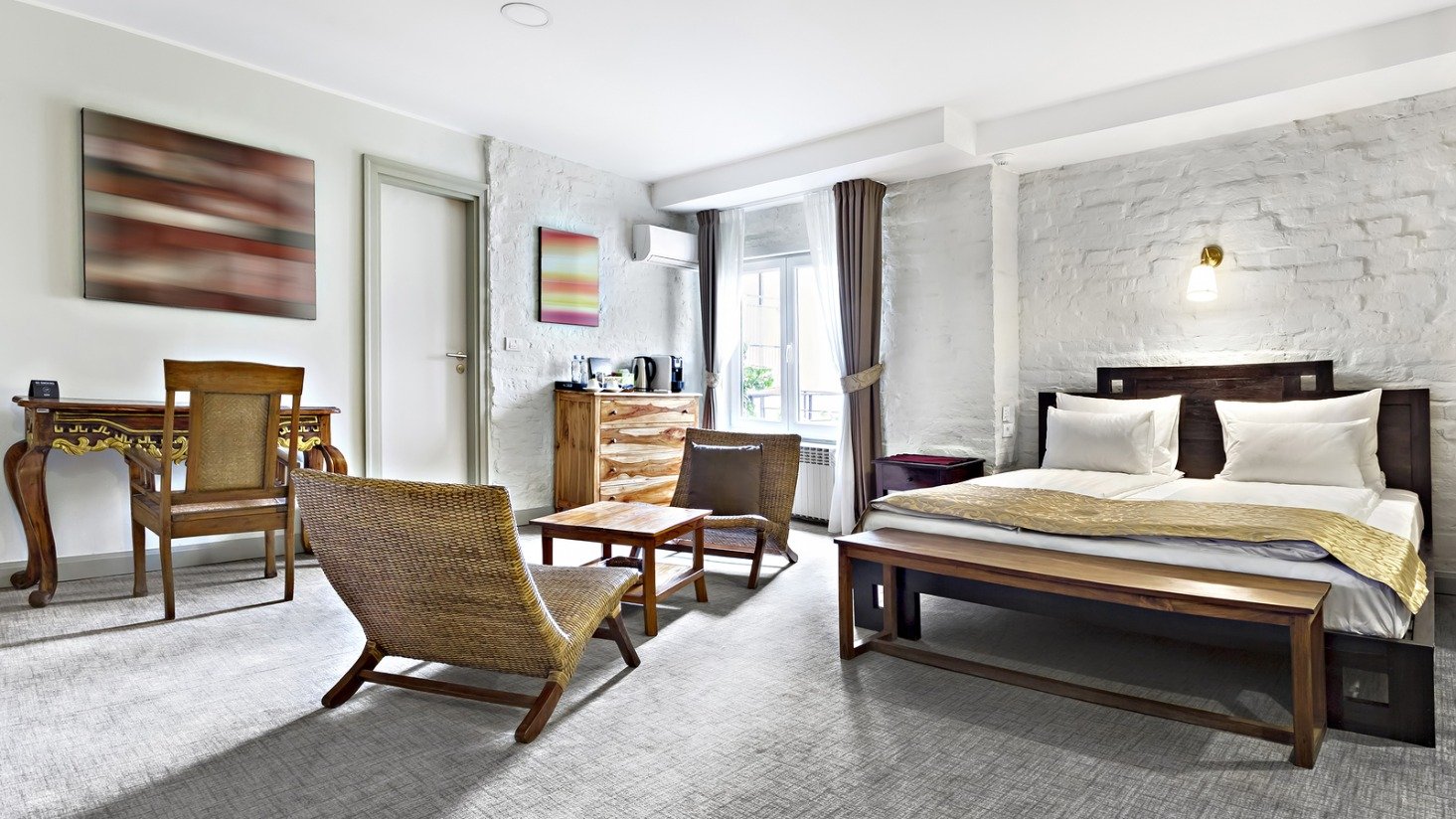How to calculate labor savings from a lighting retrofit: A step-by-step guide

This is the fourth article in our series exploring savings and payback calculations for lighting retrofits. The complexity of lighting payback calculations can make your head spin and make you wonder what applies to you and what doesn't.
This article focuses on the labor savings that you gain when you switch to long-life lighting products, like LED.
How exactly does long-life lighting reduce labor?
Most existing lighting products, like incandescent, halogen, or CFL bulbs, have a lifespan ranging from 1,500 hours to 15,000 hours. On the low end of that scale, this means that if you operate your lighting 12 hours a day, 365 days per year, you will have to replace the same burned-out bulb two to three times a year. That means that you are paying either an internal employee or a contractor to find a replacement in the stock room, climb up on a ladder and replace the burned-out bulb. And that can take a lot of time over the course of a year.
As an example, consider a retail property with hundreds of sockets. If each one has to be replaced two to three times per year, you can plan on the disruption of replacing an average of at least one light bulb every single day.
LED lighting typically carries a rated life of 35,000 to 100,000 hours, which means you will not need to replace “burned-out” products nearly as often. (Interestingly, the rated life of an LED is based on its light output dropping 30 percent, not actually completely failing to emit light. You may find the useful life to be longer than the rated life, but we won’t factor that into our calculations.) Most LEDs are also covered by three-to-five-year warranties from the manufacturer.
For our example, we will continue with the example we started with in our first post in this series, "How to calculate energy savings for lighting only." You are replacing a 90 watt PAR 38 bulb with a 14 watt LED PAR 38 that operates 12 hours a day and 360 days per year. Let’s get started.
Step 1: Gather your facts
You will need to pull together the following items before we dive into the calculations.
- Annual replacements for the old product: This is 2.88 times in our example. You can see the calculation in step 2 of our step-by-step guide for calculating material savings from long-life lighting.
- Annual replacements for the new product: This was either 0.09 or 0 times in the example used in previous articles. Let’s go conservative and assume 0.09 times. After all, if a product does fail under warranty, someone has to physically replace it.
- Time to change a bulb: This may vary based on whether you have employees or a contractor to maintain your lighting. Let’s assume it takes 8 minutes to get a replacement bulb, a ladder and change the bulb.
- Hourly rate for lighting maintenance: Again, this may vary based on whether you pay an employee or a contractor to maintain your lighting. Let’s assume a loaded hourly rate of $45/hour for lighting maintenance.
Looking for a more basic calculation? Check out our article "How to calculate material savings from long-life lighting."
Step 2: Calculate the labor cost to change a bulb
This is mostly dependent on how you maintain your lighting system. It may be worth a conversation with a lighting specialist to determine how best to estimate this.
| Minutes to change a bulb | |
| ÷ | 60 minutes in an hour |
| x | Hourly rate for lighting maintenance |
| = | Labor cost to change a bulb |
| 8 minutes to change a bulb | |
| ÷ | 60 minutes in an hour |
| x | $45/hour rate for lighting maintenance |
| = | $5.99 labor cost to change a bulb |
Step 3: Calculate the annual labor cost of existing product replacements
Now that we know the labor cost to change a bulb, let’s figure out the annual labor cost for existing product replacement.
| Annual replacements for the existing product | |
| x | Labor cost to change a bulb |
| = | Annual replacement labor cost (per socket) |
| 2.88 annual replacements (existing product) | |
| x | $5.99 labor cost per bulb |
| = | $17.25 annual replacement labor costs (existing) |
Step 4: Calculate the Annual Labor Cost of New Product Replacements
This is the same calculation as step No. 3.
| Annual replacements for the new product | |
| x | Labor cost to change a bulb |
| = | Annual replacement labor cost (per socket) |
| 0.09 annual replacements (new product) | |
| x | $5.99 labor cost per bulb |
| = | $0.54 annual replacement labor costs (new) |
Step 5: Calculate your savings
Now we can figure out how much you will save.
| Annual replacement labor costs (existing) | |
| – | Annual replacement labor costs (new) |
| = | Annual labor savings |
| $17.25 annual replacement labor costs (existing) | |
| – | $0.54 annual replacement labor costs (new) |
| = | $16.71 annual labor savings (per bulb) |
Now that you have the savings number per bulb, you can multiply the savings by the number of sockets and watch the number grow. In full disclosure, many of our clients choose not to include this in their savings calculations in an effort to present a more conservative savings estimate. With that said, you will still experience the benefit of less maintenance work on your lighting system when you move to long-life products.
Whether you see the labor benefit of a switch to long-life lighting in dollars and cents or simply an increased capacity to tackle a few of those looming back-burner projects, the effect will probably be noticeable.
Looking for a more basic energy savings calculation? See our step-by-step guide "How to calculate energy savings for lighting only."
Additional Resources:











